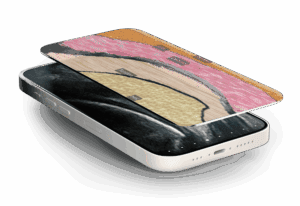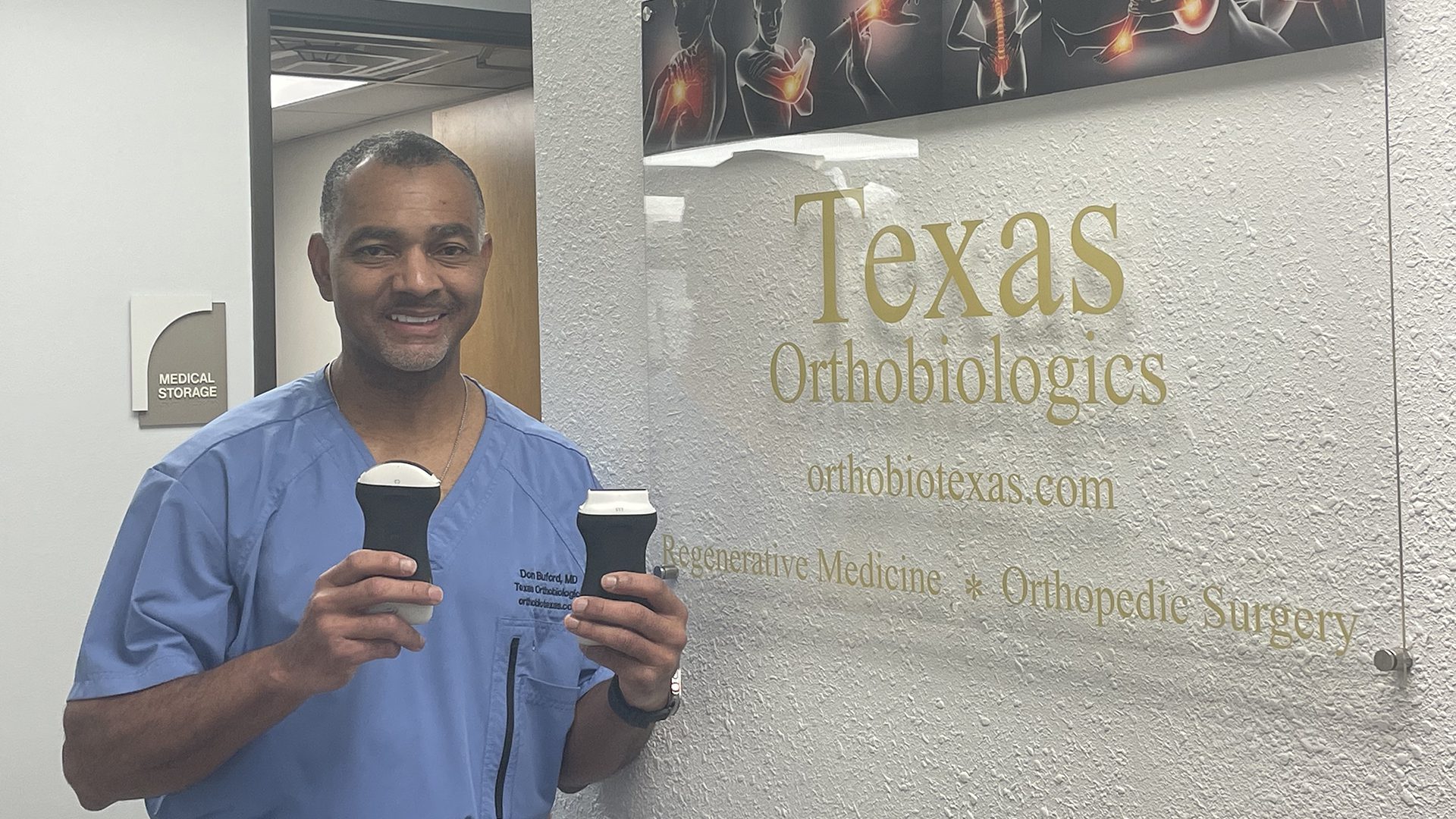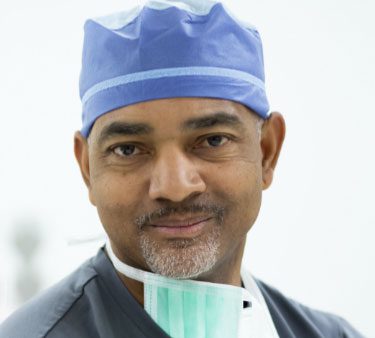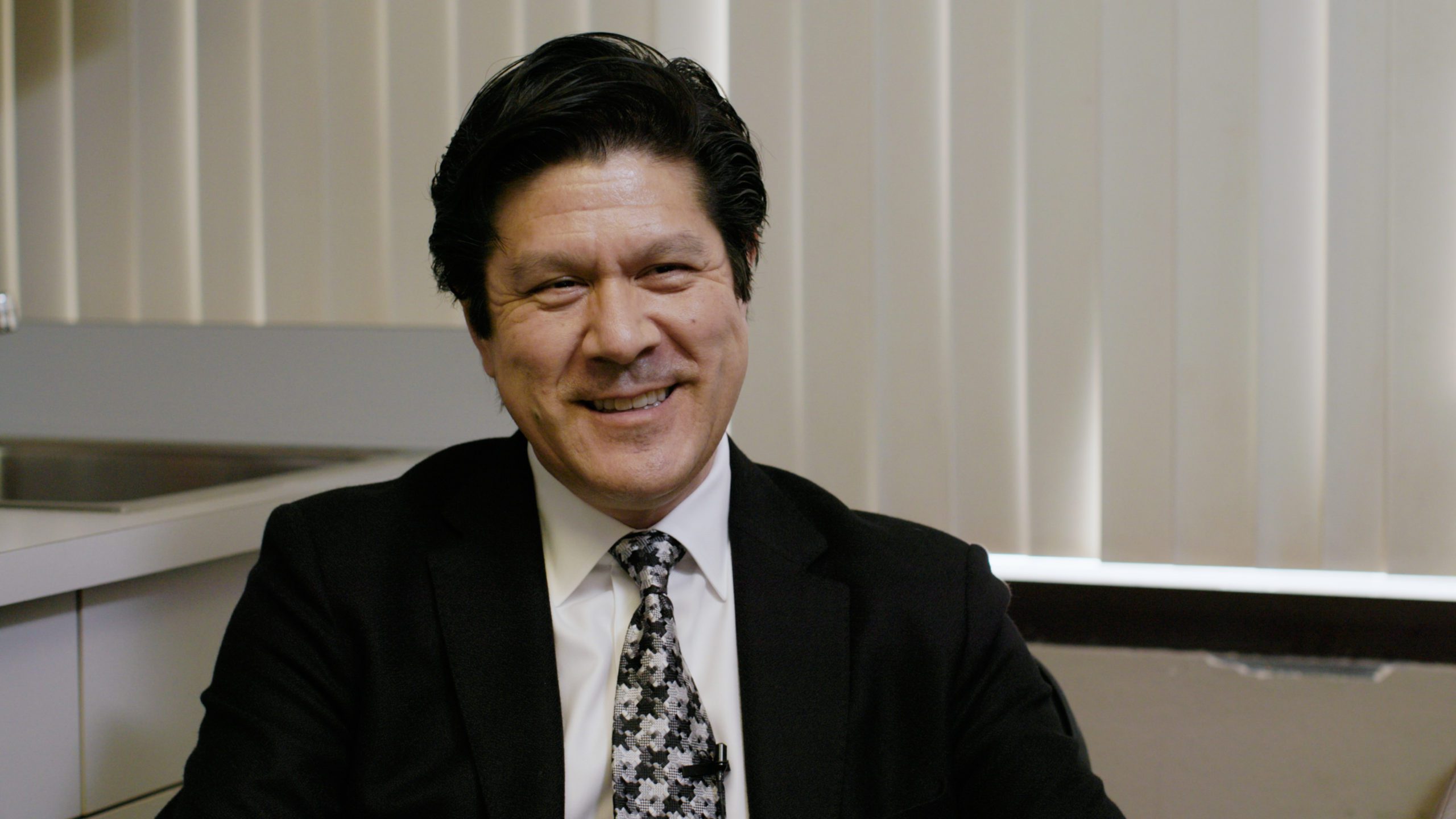For a physician who has a sports medicine, orthopaedic, or physiatry practice. It’s an advanced device at an entry-level price, and that’s rare. Traditionally there’s been a direct correlation between the money you spend and the image quality you get on laptop machines ranging from 28,000 to 60,000+ USD. Now, with Clarius, for about 5,000 USD all in, you’ll get a device with the image quality you need that will carry you all the way through your orthopaedic career until you want to do more advanced diagnostics and procedures.”
Témoignages

Dr. Alan Hirahara
MD, FRCSC
A lot of really, really good surgeons don’t think they need to use ultrasound, but I’ve learned that it’s a tool that all of us could use to do a better job,” he says. “I started using ultrasound when I saw that surgeons in other parts of the world were far head of us. They were using it to analyze the structure of tissues, tendons, muscles, and ligaments prior to administering orthobiologics treatments and were achieving better results.”

Dr. Alan M. Hirahara
MD, FRCSC
The new Clarius HD3 is almost like a traditional cart-based probe without the wire and the cart. If you put it behind the iPhone, you literally can’t see it. And what I was most blown away by was actually the new color Doppler feature. In addition to the actual quality of the image, you’re getting it wirelessly. It’s on par with any corded device I have. »

Harold Gartner
As a sports scientist, I don’t usually work with ultrasound but I was interested in how Dr. Vincent uses handheld ultrasound in the field with athletes,” says Harold. “I wanted to see it in action. What I saw today with Clarius is really fantastic for the people that work on the field, because what we did today was a real data study.”








